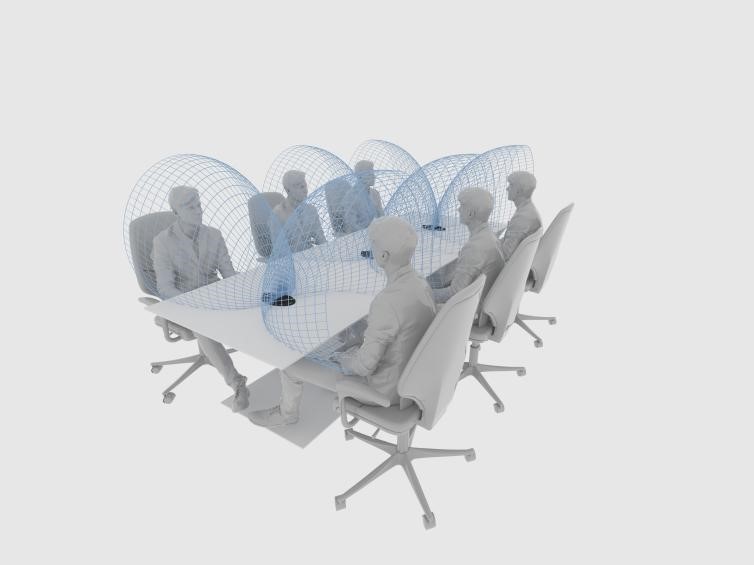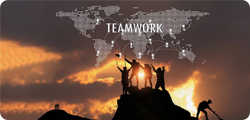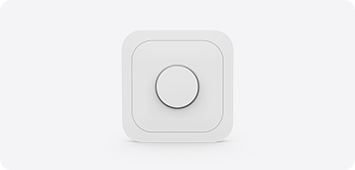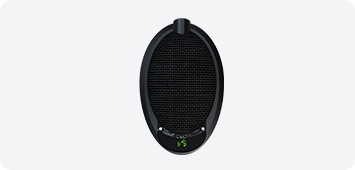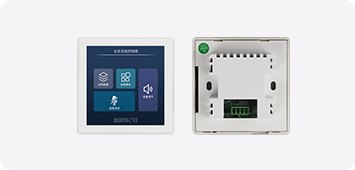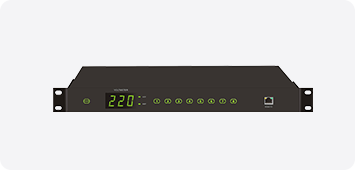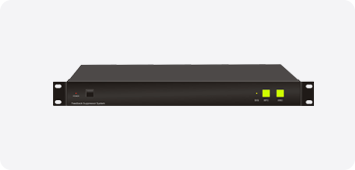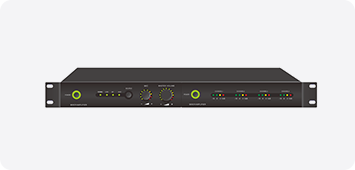BEATNOTE Directional variable microphone patented technology
Win Power Electronics is the first manufacturer in China to successfully develop variable-directional microphones for conference systems. After years of technical accumulation and research and development, in 2019 we brought variable-directional technology into the 2.0 era—the digital variable-directional microphone was successfully developed. It is also the industry's first variable-directional microphone used in conference systems. The digital variable-directional microphone is easier to operate and more precise in directionality.
1. The directivity of traditional microphones is a fixed single mode. When the application scene changes, it cannot be used well. The microphone or microphone core must be replaced, which is very inconvenient. The variable directivity microphone has no specific mode, but adjusts the directivity according to different environments, locations, conference modes, and the needs of speakers. This is a qualitative innovation for ordinary fixed directivity microphones. For example, when a video conference switches to an ordinary meeting, or when a venue switches from a business negotiation to a speech mode, the required directivity is different. The traditional single directivity microphone cannot meet the need for switching at any time, while the directional variable microphone can be switched at any time, which is convenient and simple;
Application of variable directivity microphone in conference microphone
Omnidirectional
Sound has the same sensitivity in all directions.
Omnidirectional microphones are suitable for video and small conferences. One microphone can pick up sound in 360 degrees, eliminating the need for multiple microphones.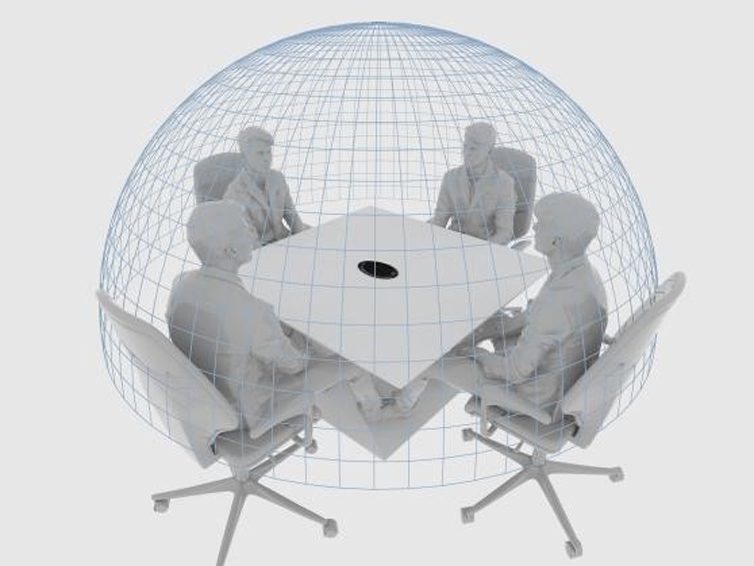
Wide cardioid polar pattern
A combination of all the characteristics of omnidirectional and cardioid polar patterns.
Wide cardioid microphones are suitable for natural vocals that require some proximity effect, for talkers with a slightly wider range of movement, or for two people sharing one microphone.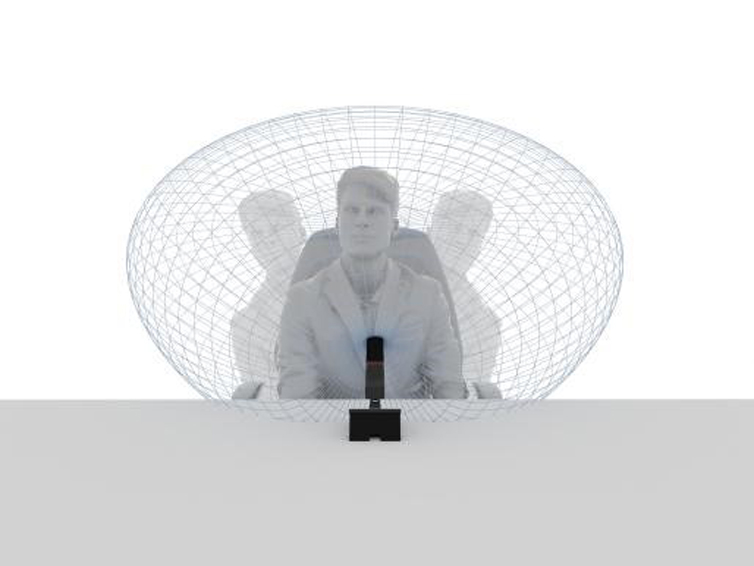
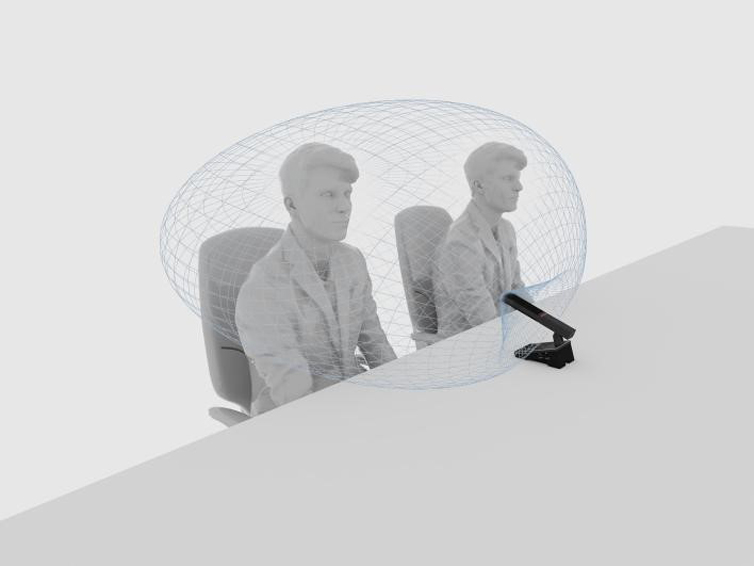
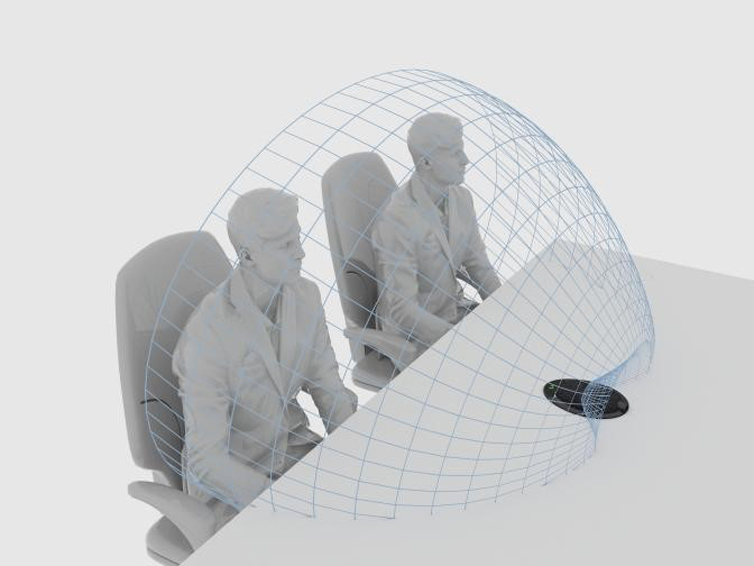
This directivity is versatile and suitable for almost all audio applications.
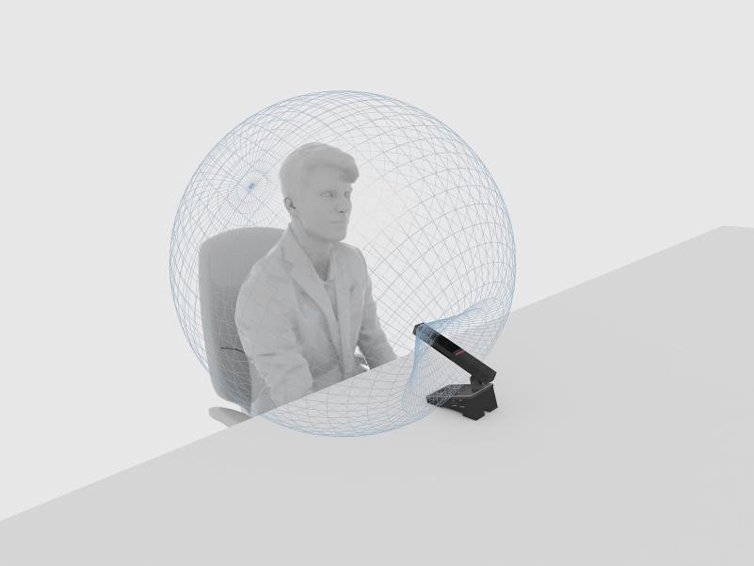
This polar pattern is particularly advantageous in live applications, as it allows for high-gain feedback suppression, can increase the gain sensitivity of the microphone and is less prone to howling, and can be used in situations where the microphone is far away from the speaker.

It is more suitable for situations where the speaker shares a microphone across from the speaker. At the same time, when the microphone and the speaker are at a 90-degree angle, the system is not prone to howling.
